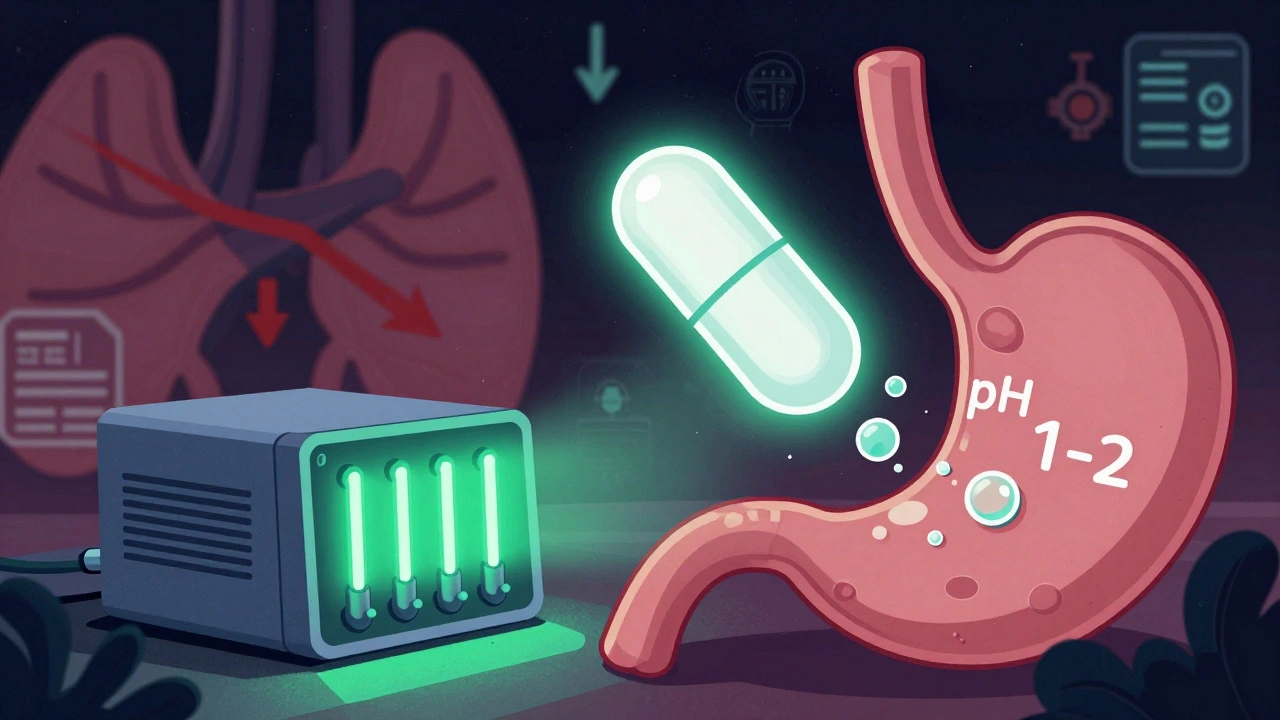Drug interaction: How to spot and avoid dangerous mixes
Ever taken two pills and felt strangely worse? That could be a drug interaction — when one medicine changes how another works or raises the chance of side effects. You don’t need a medical degree to lower risk. A few smart moves keep you safer when taking prescriptions, over-the-counter drugs, and supplements.
Common interaction examples you should know
Here are real, concrete combos people bump into:
- Atenolol + some OTC pain relievers: NSAIDs (like ibuprofen) can blunt blood-pressure control from beta-blockers. If your BP slips, talk to your doctor before regular NSAID use.
- Metronidazole (Flagyl) + alcohol or warfarin: Drinking with metronidazole can cause nausea and flushing. Metronidazole can also raise warfarin levels and increase bleeding risk — expect closer INR checks if both are used.
- Atorvastatin + certain antibiotics or grapefruit: Macrolide antibiotics and grapefruit juice can raise statin levels, increasing muscle pain and rare muscle breakdown. Swap foods or pick a different antibiotic if needed.
- Losartan + potassium supplements or salt substitutes: ARBs like losartan can raise potassium. Adding potassium pills or potassium-based salts risks high potassium, which affects the heart.
- Albuterol + beta-blockers: Beta-blockers used for some heart conditions can reduce the effect of rescue inhalers like albuterol and make breathing worse.
- Blood thinners (warfarin) + many antibiotics, SSRIs, or NSAIDs: These combos can raise bleeding risk — watch for bruising, blood in stool, or heavy bleeding and get medical advice quickly.
Simple steps to avoid harmful mixes
Follow these practical tips every time you get a new med:
- Keep an up-to-date list of all prescriptions, OTCs, vitamins, and herbal supplements. Share it with every clinician and your pharmacist.
- Use a reliable online interaction checker or ask a pharmacist before starting a new drug. Pharmacists catch interactions fast.
- Watch for warning signs: sudden dizziness, heavy bleeding, severe muscle pain, trouble breathing, or fast heartbeat. Stop the new drug and seek help if these occur.
- Avoid alcohol with medicines that warn against it (like metronidazole or some pain meds).
- Ask about monitoring: some drugs need blood tests (warfarin, statins with certain antibiotics) or dose checks when combined with others.
- Treat supplements as real drugs. St. John’s wort, grapefruit, and some herbal remedies change how meds work.
You don’t have to memorize every interaction. Be curious, ask questions, and use tools around you. A quick chat with your pharmacist or a five-minute check online can prevent a dangerous mix and keep your treatment working the way it should.

Levothyroxine and Proton Pump Inhibitors: What You Need to Know About Absorption Interactions
Levothyroxine and proton pump inhibitors (PPIs) can interfere with each other, reducing thyroid hormone absorption. Learn how this interaction works, who’s at risk, and what to do if you're taking both.

Xenical for Weight Loss: What You Need to Know
Xenical, a popular weight-loss medication, contains the active ingredient Orlistat, which helps in blocking some of the fat that we consume from being absorbed in the body. It is essential to understand its dosage, potential side effects, and possible drug interactions to use it safely. While often effective, Xenical requires users to adhere to specific dietary guidelines and come with certain precautions. Understanding these factors can significantly optimize its benefits and minimize risks.

Atenolol and Alcohol: A Dangerous Combination?
In my latest blog post, I've explored the potentially hazardous mix of Atenolol and alcohol. Atenolol, a beta-blocker used to treat heart conditions, can have its effects heightened by alcohol, leading to dangerously low blood pressure or slow heart rate. Consuming alcohol while on this medication can also increase the likelihood of side effects such as dizziness and drowsiness. It's clear that it's best to avoid alcohol when taking Atenolol. Always consult your doctor for personalized advice regarding medication and alcohol consumption.
